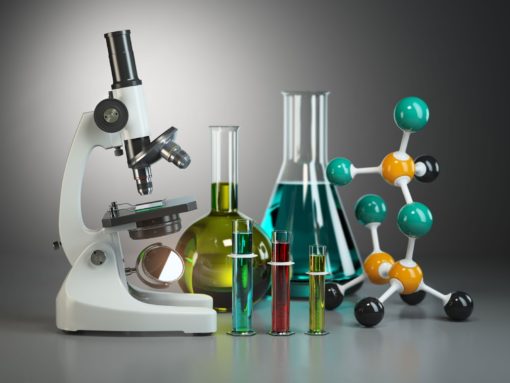In research or medical laboratories, many experiments are conducted using a wide variety of toxic gases and dangerous liquids – or they may be produced as a result of these processes. Without the necessary equipment and processes to ensure the health and overall safety of workers and other personnel within the area, labs can be deadly.
Gas leaks can not only increase risk in the safety of the environment and an individual’s health, but can also shorten the lifetimes of some equipment, increase column bleed, and increase system and detector maintenance. While carbon dioxide is most commonly known for home gas leakage, it is also a current problem in labs – along with nitrogen, enriched oxygen, argon, helium, carbon monoxide, chlorine, and more.
Carbon Dioxide
Carbon dioxide is a known greenhouse gas that is harmless in very small quantities but can affect your health as its volume increases. It is colorless and odorless, so when inhaled in large amounts, it can cause restlessness, drowsiness, increased heart rate and blood pressure, sweating, and headaches. It is used to make dry ice, found in cryogenic operations, and is used as a gas in mass spectrometry and chromatography machines.

Nitrogen
Nitrogen is an asphyxiant gas that is colorless and odorless. It is known for its preparation during chemical analysis and food processes such as beer production. While it is non-toxic, it displaces oxygen and causes mental impairment, decompression sickness, and can lead to more serious side effects.
Enriched Oxygen
The average percentage of oxygen on earth and inhaled is 21 percent. Enriched oxygen is the purest form of oxygen chemically made. It is produced through chemical reactions and most commonly used for patients needing pure oxygen due to breathing difficulties. This is done by increasing the pressure in a sealed container, making it safe to inhale. But when the average person is exposed, it can damage cell membranes over time, collapse the lungs, cause retinal detachment, and induce seizures.
Gas Detection in Labs
All of these gases can be present in laboratory settings, depending on the processes performed and the environment. With the potential of higher produced volumes, gas detection systems are vital. Without them in place, the health and safety of not only the people in the room but others in nearby rooms and the overall building (through ventilation) can be compromised. The gases released can also enter factors like change in pressurization or come in contact with other elements, leading to a fire hazard. With the correct system in place and proper maintenance, you can reduce the risk of a gas leak significantly.
Do you have a question regarding the types of gas detection sensors suitable for your application? With more than 150 years of combined instrumentation and application knowledge, DOD Technologies is prepared to off its expertise and solution for your toughest gas monitoring requirements.
Contact us today via phone at (815) 788-5200 or through our web form.







